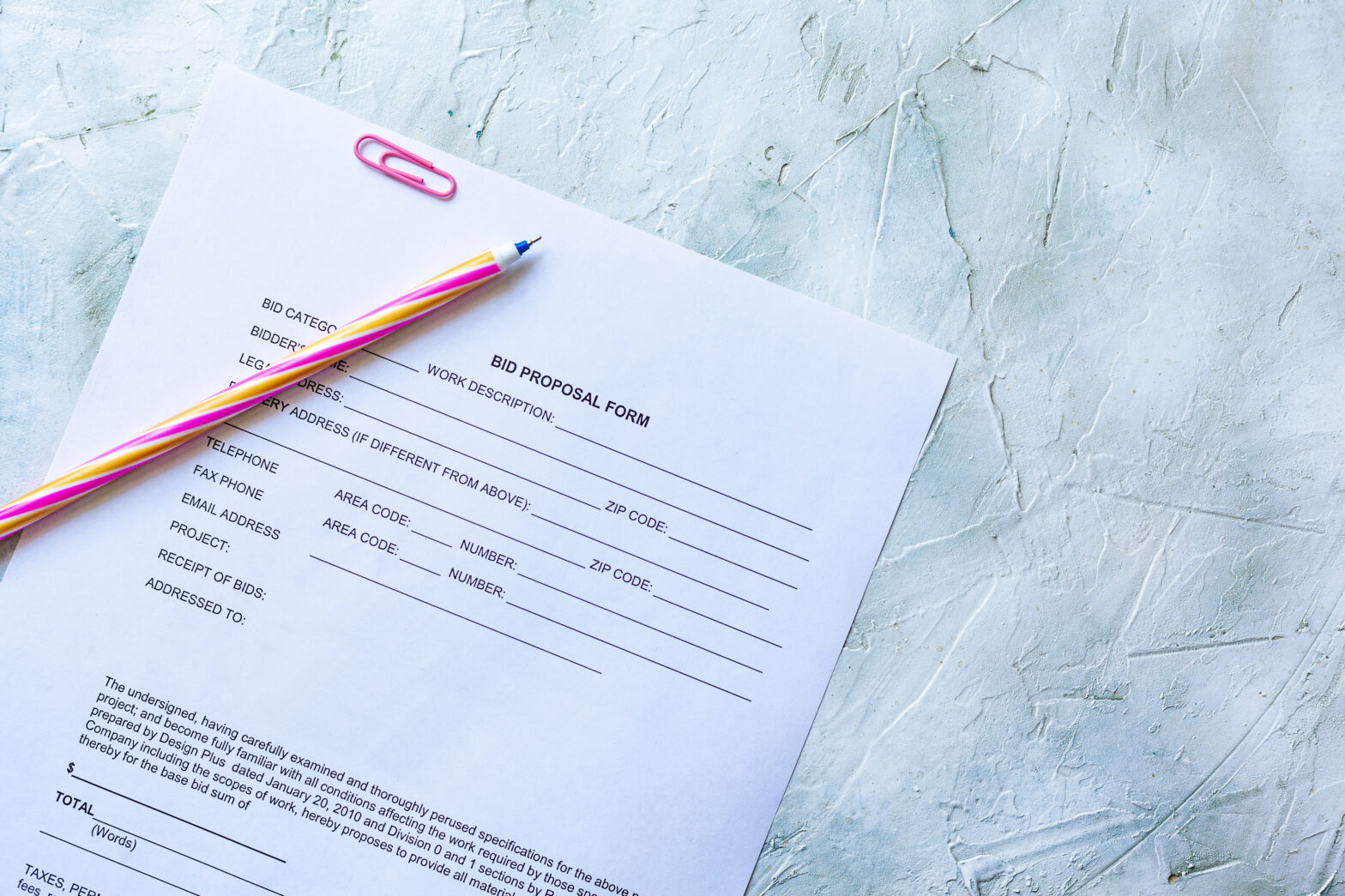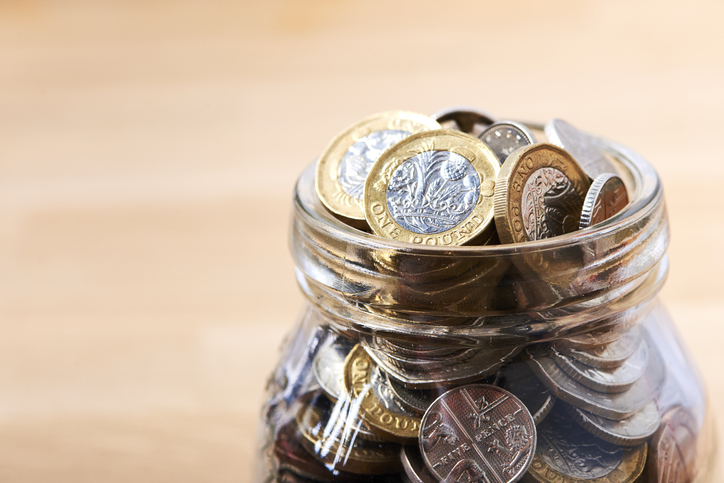Business leasing use is becoming a popular choice in the UK as people look for ever more affordable ways of obtaining a new vehicle. Businesses especially have turned to leasing fleets of new cars or commercial vehicles knowing that they can simply hand them back at the end of the lease and get another new one. And the cycle continues.
It wasn’t too long ago that the neighbourly mark of success was a big, shiny company car gracing your driveway – and those were often for personal uses too. Nowadays it’s only common in certain industries to have a company car, or indeed one that is big and shiny, if you had to travel up and down the country on a regular basis. But what is becoming more apparent is the need to have business vehicles which are highly economical and up to date in order to give off the right image for your brand and which will save lots of money in the long run over a used vehicle.
So what are the options for a company which needs maybe just one, two or three cars for business uses? There are two – buying or leasing. Today we’re going to discuss how leasing your business vehicles can help save money, which is what every small business will strive for especially during our current national uncertain economic times.
Related: 8 of the best electric cars for small business leasing
What is car leasing?
To start with, if you haven’t come across leasing before then here are a few known facts to get you up to speed. Leasing means that you can obtain a new vehicle of a higher specification that would normally be out of price range if you were to buy it, meaning you’ll get much more car for a lot less than it would cost to own outright. Secondly, leasing presents a new perspective of ownership, as the car is yours for the term but at the end of the lease the vehicle (provided it is in the correct condition) can simply be handed back to the finance company, which means a hassle-free process that can be started up again with a new lease and another brand new vehicle.
With that in mind it can be fairly easy to see why this process of obtaining a vehicle is attractive to businesses and that’s not all. Leasing a vehicle means that a business will pay a monthly rental charge for each vehicle, which is calculated based on the vehicles value and CO2 emissions. This one monthly payment can mean managing your business’ outgoings becomes a lot simpler, especially if you want to add extras onto the lease such as a maintenance package.
Adding maintenance to the lease
Having maintenance added to your lease can cover a whole host of inconvenient and worrisome costs that come with using your vehicle. Things like yearly servicing, like-for-like tyre replacements and roadside assistance are all costly extras that your monthly rental amount doesn’t cover on its own. But with a maintenance package that is exactly what is covered, so you have peace of mind that if one of your vehicles needs two new tyres then the costs are already taken care of. This package can vary in cost depending on the vehicle you lease and will simply be added on to your monthly rental amount.
So we’ve explained the nice, fluffy parts of leasing your business vehicle, but now we’re knuckling down and we’re going to explain the potential tax benefits of leasing. Wait, don’t go! This is important for you and your business and some effort has gone in to explain this in an interesting and simple way so you don’t get bored, and that takes a lot with tax subjects.
Here it goes then. First of all, below is a general overview of how this system can work; it does not necessarily apply directly to your business, as each company will have different outgoings and tax payments, etc. This will just give you a nice idea (hopefully) of the process.
For businesses choosing to lease their vehicles where it is handed back at the end of the lease term and the business doesn’t own it – you have an Operating lease type. This means you might be entitled to claim your tax back on your entire lease due to what’s called a ‘Benefit-in-kind’ payment. This is where the tax payment is shifted from the car to the employee when the Government feels that your car is provided as part of your earnings package by your company, and therefore you are liable to contribute a ‘Benefit-in-kind’ payment from your National Insurance or Income Tax. This is a method which can be cheaper than using your own car and expensing business mileage and one which is used by many small businesses to save money on their company vehicles.
What to consider when leasing
Personal preference, your budget deposit, monthly cost and mileage allowance will all need to be taken into account when leasing your car. When it comes to mileage allowance, do bear in mind that there are ferocious financial penalties if you go over your mileage limit.
Car insurance won’t be included in the cost so you’ll need to factor in a policy on top of your other costs. Fully comprehensive car insurance is mandatory – thankfully it’s no more expensive to insure than a non-leased car.
If you or an employee is at risk of damaging the car you may not get some of your initial costs and you’re likely to be lumped with additional repair fees.
Can I buy my leased car?
If you can’t afford the car you want upfront, opt to buy it under a business lease purchase and become the legal owner at the end of the contract. You have to make a payment (also known as a balloon payment) at the end of the contract. This will be on top of your deposit and monthly payments throughout your lease.
Should I lease a car for my small business?
So now that we’ve outlined a possible new perspective on leasing a vehicle for business use and hopefully you’ve gained an important new insight into the workings of tax, you are now in the position to search for your next business vehicle using a new method, and one that will hopefully save you time, stress, money and that will help your business grow successfully.




